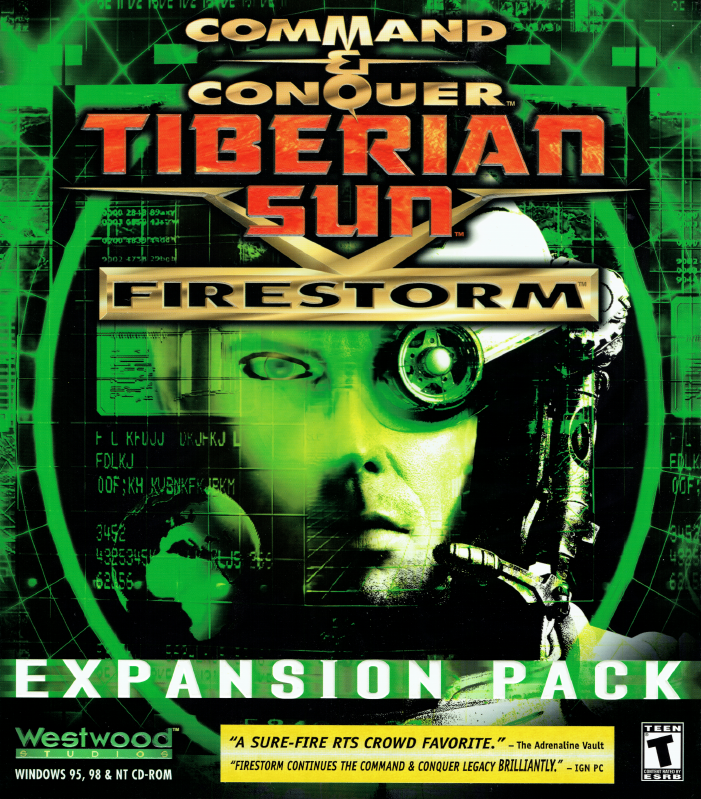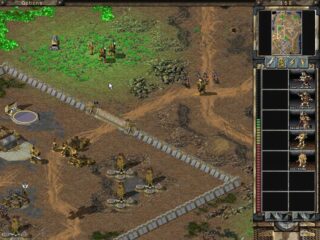

GDI has two types of mechs, air superiority and the new addition to the Mammoth family, the Mammoth Mk. The units themselves are nicely varied from side to side. Maybe StarCraft spoiled me, but it seems logical enough that the number of units I want my Barracks to build wouldn't affect the number of units I want my War Factory to build. I don't see how one minute I can tell my Barracks to make its next five units Cyborgs, but later I can only tell it to build two Cyborgs because my War Fatory happens to be building three stealth tanks. While this is a welcome feature, you can ONLY queue up to a total of five units.

There is also a waypoint system which is well implemented, and players can now queue up to five units to be built. These are especially devastating in multi-player modes, where an inconvenient meteor shower could have tiberium sprouting up in your base, damaging units, or an ion storm could knock out your radar, hover units, power-intensive defense structures, and slow unit production to a crawl.

There's a meteor shower which rains destruction and makes tiberium sprout up, and an ion storm which rains destruction, but also knocks out power. A particularly cool feature is the natural disasters. However, hiding amongst the familiarity are a few new features. Gameplay is still the basic point-and-click type. The interface hasn't changed all that much. Tiberian Sun will be instantly familiar to anyone who has played any of the previous Command & Conquer games. Unfortunately, Tiberian Sun brings very little new to the Command & Conquer line-up and offers nothing in the way of innovation. Tiberian Sun is the official sequel to the original Command & Conquer, with the excellent Command & Conquer: Red Alert and a few expansion packs between releases. Very few games have ever had the amount of hype and the number of expectations to live up to as Command & Conquer 2: Tiberian Sun.


 0 kommentar(er)
0 kommentar(er)
